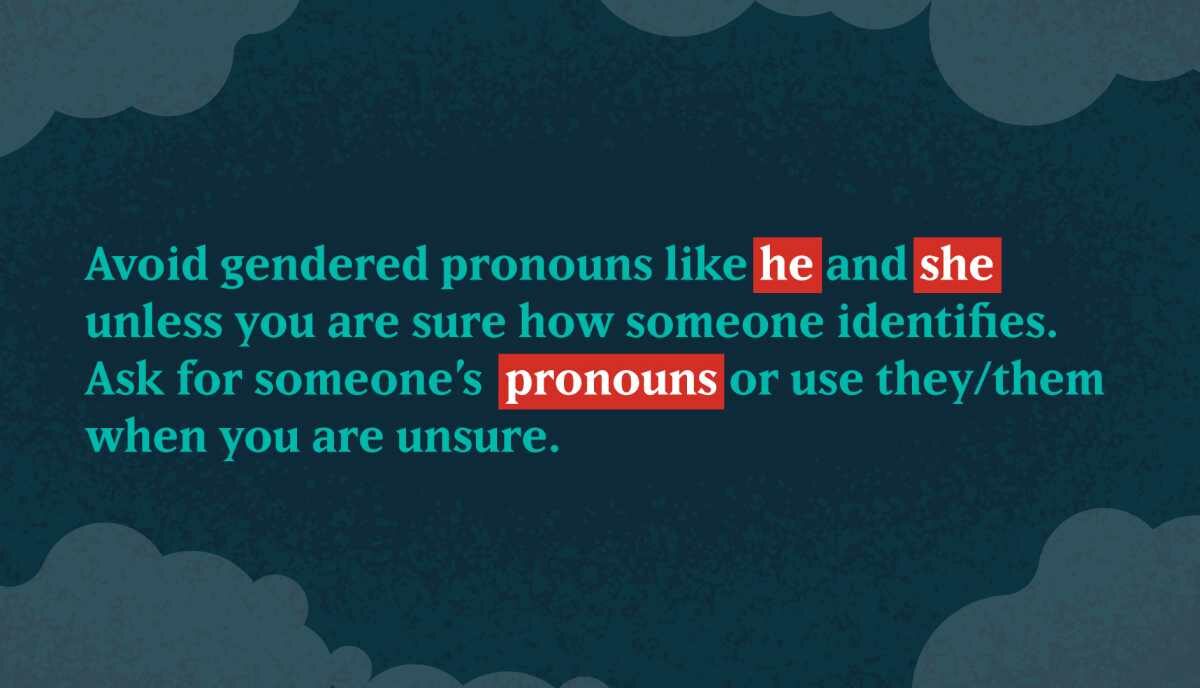4 Signs It’s Time to Redesign
Over the past five years a swarm of tools have been developed that allow site owners to efficiently make and measure incremental changes on a website. On the surface, these tools allow for constant optimization over time, and it’s true that a rigorous optimization program has the potential to eliminate the need for a complete site redesign—after all, a great website is never done. Sometimes, however, deeper areas of a site can trigger the need for a full redesign that goes beyond a structured optimization program.
1. Performance Issues & Technical Debt
Surface level changes using conversion optimization tools won’t be able to help with performance. Under the hood, the server side of your website or application needs to be a solid foundation. It needs to be reliable—site timeouts and errors will make even the best optimizations fail. Site speed is also crucial to the success of any site, for SEO purposes and for end users (the bounce rate for a content site can be as high as 70% according to RocketFuel). In many cases, performance issues can build up over time as new features are added, especially when work is done across several teams. This situation, often referred to as Technical Debt, can sometimes be more time-consuming and costly to debug and clean up than a fresh start.
2. Sluggish or Stale Content
Ensuring your CMS is built right to meet your content and editorial needs is an important first step to optimizing your website experience. Content remains king in 2016, and good content strategies must evolve. In addition to a review of core areas like target audience, type of content, topics, and frequency, a content audit of all aspects on a site is crucial. A good content audit will reveal areas of a site that need to be purged or streamlined for better performance, better SEO, and more relevant information for users.
3. Lackluster (or Lack of) Mobile Experience
Although the term “responsive design” is now over five years old, there are still countless organizations that continue to serve a desktop experience to mobile visitors, or manage two separate websites—one for desktop and one for mobile. This should be fixed before embarking on an optimization program. These are not superficial changes, these are deep architectural changes that require a brand new responsive site and updated design. This is also a great opportunity to revisit the site navigation and information architecture to ensure that your users can get to the places you want them to go quickly and efficiently. A study of any existing user data or even a two-week collection of heat maps coupled with deeper analytics could surface some fundamental changes that are needed in the site architecture.
4. Revamped Business Strategy
When a business’s strategy changes, so, too, should its online presence. An effective website tells a story that both attracts the target audience and makes a connection that keeps users coming back. Start with product or the core service, and then enlist skilled designers to conceptualize that key part of the business for the web. A good agency will direct a task force of designers and project managers to go over every element of a business strategy and translate those elements into a UX/UI experience and technical approach that aligns with the new business direction.
In the end, every business wants to optimize its website, and when all it takes are a few simple tweaks, that’s great. But sometimes getting the most out of your site means clearing out the clutter and starting with a fresh look and an enhacement content management experience.



